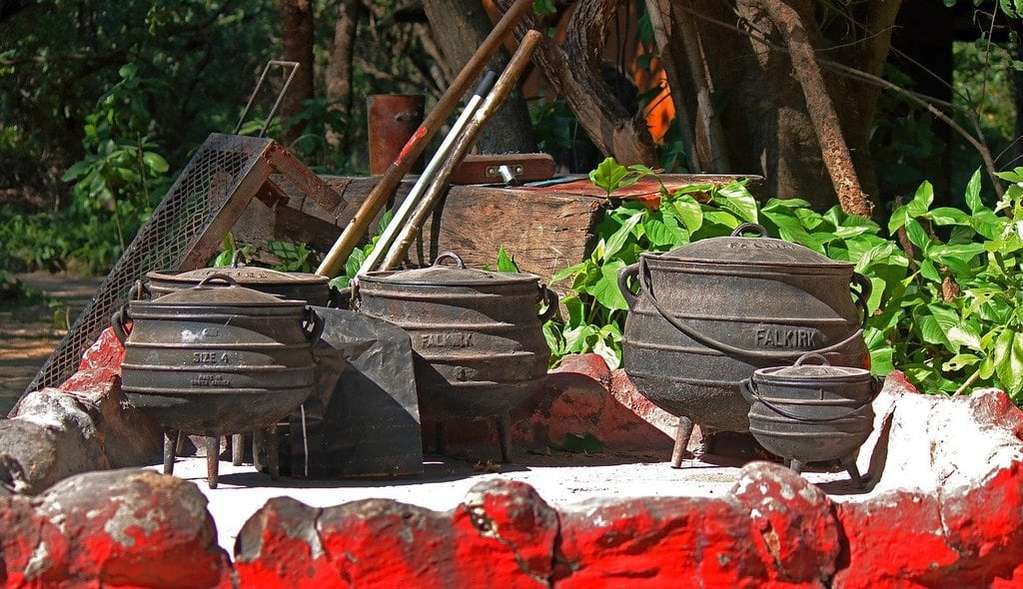In the ever-evolving world of gastronomy, the search for unique flavors has led culinary adventurers to explore remote kitchens around the globe. These hidden gems, often nestled in the heart of lesser-known regions, offer a treasure trove of tastes that captivate the palate and ignite the imagination. While some cuisines have gained international fame, others remain in the shadows, waiting to be discovered by those daring enough to seek them out.
Exploring Flavors from Distant Culinary Havens
From the high-altitude kitchens of the Andes to the vibrant street food stalls of Southeast Asia, the world is full of culinary surprises. These flavors often reflect the cultural and historical influences of their regions, providing a window into the lives and traditions of the people who create them. Exploring these tastes can be a journey of discovery, offering an opportunity to learn not just about food, but also about the world itself.
The remote kitchens of the world are often characterized by their use of local ingredients, which are sometimes unknown outside their native regions. Indigenous spices, herbs, and cooking techniques lend a unique character to these dishes, setting them apart from more widely recognized cuisines. This authenticity is what makes exploring remote flavors such a rewarding experience.

The Uniqueness of Local Ingredients
Local ingredients are the heart and soul of any regional cuisine. They are the building blocks that define the unique flavors of a dish. In remote kitchens, these ingredients are often sourced fresh from the surrounding environment, be it the forest, the sea, or the mountains. This connection to nature is what gives these dishes their unparalleled taste and character.
For example, in the coastal villages of West Africa, palm oil and cassava form the staples of many dishes, while in the mountainous regions of Peru, quinoa and potatoes are dietary cornerstones. These ingredients not only provide sustenance but also tell stories of the land and its people. They are integral to the cultural identity of the region, and their use is a testament to the ingenuity and adaptability of local cooks.
Experiencing Remote Flavors
For those eager to experience these remote flavors, embarking on a culinary journey can be an enlightening adventure. Traveling to these destinations allows for firsthand encounters with the local food culture and offers a chance to taste these distinctive dishes in their authentic settings. However, for those unable to travel, many of these tastes can now be recreated at home, thanks to the availability of specialty ingredients online.
The following is a list of ways to experience remote flavors without leaving home :
- Seek out specialty grocery stores or online retailers that stock international ingredients.
- Experiment with traditional recipes from different regions using authentic spices and herbs.
- Attend cultural festivals or food fairs that highlight global cuisines.
- Join online cooking classes led by chefs from various parts of the world.
A Taste of Tradition
Dishes from remote kitchens offer more than just sustenance; they provide a taste of tradition and a glimpse into the past. These recipes are often handed down through generations, preserving the culinary heritage of the region. The stories behind these dishes are as rich and diverse as the flavors themselves, offering insights into the history and culture of the people who created them.
As the world becomes more interconnected, the opportunity to explore and appreciate these remote flavors becomes ever more accessible. By embracing these unique tastes, there is an opportunity to celebrate the diversity and richness of global culinary traditions. Exploring flavors from remote kitchens not only enriches the palate but also broadens the understanding of the world’s cultures and histories.
